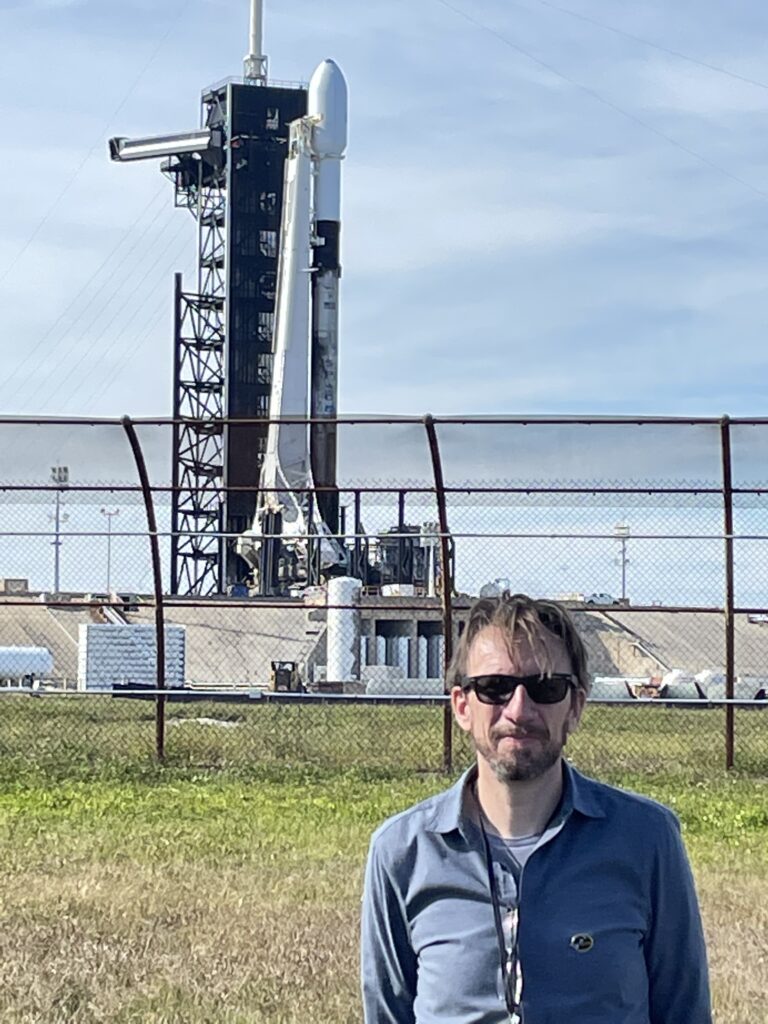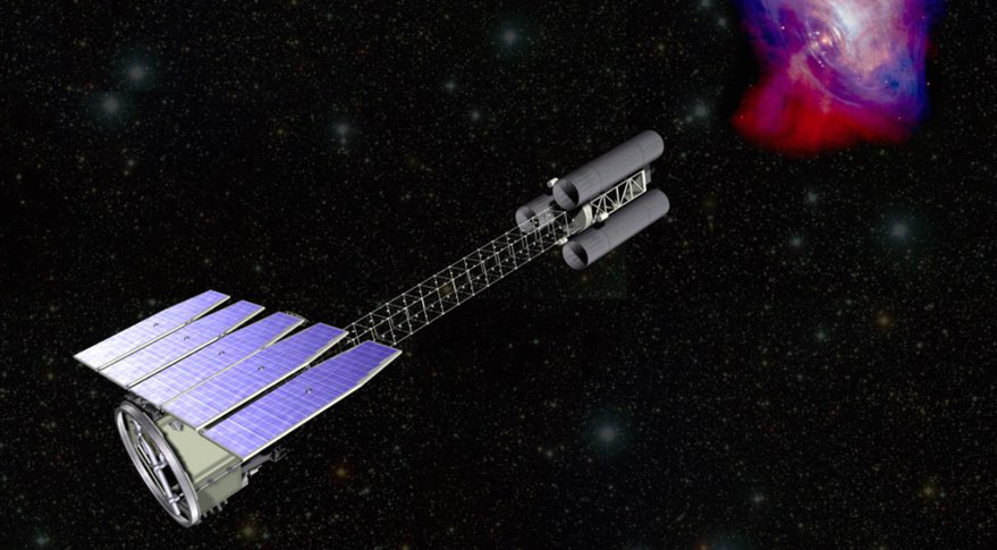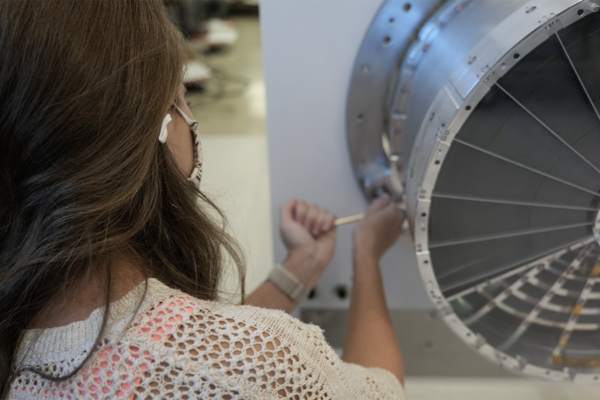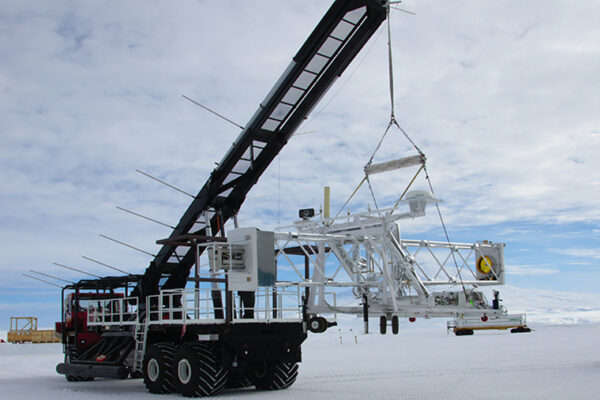A new chapter in astronomy is unfolding as astrophysicists launch the first dedicated X-ray polarimetry missions into space.

X-ray telescopes observe the most extreme and hottest objects in the universe. This list includes black holes and neutron stars that are more massive than our sun, but occupy regions that would fit into the footprint of the greater St. Louis metropolitan area.
“The new capability of polarization is expected to give us qualitatively new information about the inner workings of these objects,” said Henric Krawczynski, the Wayman Crow Professor of Physics in Arts & Sciences at Washington University in St. Louis. Krawczynski is a faculty fellow of the McDonnell Center for the Space Sciences.
“Black holes are knots in spacetime. X-ray polarization observations will give us a new way of measuring how fast they spin around their axis of symmetry,” Krawczynski said. “And observations of magnetars will allow us to test quantum mechanical predictions about crystal-like properties of empty space produced by particles zapping in and out of existence.”
On Dec. 9, NASA launched its first dedicated X-ray satellite, called the Imaging X-ray Polarimetry Explorer, or IXPE, from the Kennedy Space Flight Center near Orlando, Fla.
The launch was a full success, said Krawczynski, a member of the IXPE science team, who attended a launch viewing event alongside other scientists.
“In the next few weeks the spacecraft will be checked out and the X-ray optics will be deployed,” said Krawczynski, who praised the SpaceX launch team for accomplishing an equatorial orbit from a challenging starting point at Cape Canaveral. “In about four weeks, the scientific observations will start, with Cassiopeia A, the remnant of a stellar explosion more than 300 years ago, being the first light observation target.”
The IXPE satellite mission was developed by a U.S.-Italian-Japanese collaboration led by Marshall Space Flight Center scientist Martin Weisskopf.
“The work with the international collaborators in the IXPE science team has been extremely gratifying,” said Krawczynski, who met some of his counterparts in person for the first time at the launch viewing event. The pandemic had forced the researchers to develop many of the new analysis tools and astrophysical models by video conference.
Observing black holes and neutron stars
At Washington University, Krawczynski leads the XL-Calibur experiment, a second X-ray polarimetry experiment that will complement IXPE. XL-Calibur is a balloon-borne experiment that is scheduled for launch from Kiruna, Sweden, in May 2022.
XL-Calibur reaches to higher X-ray energies, 15-80 kilo-electron volt per light particle (photon), compared to IXPE’s 2-8 kilo-electron volt.
The XL-Calibur project is currently funded by a $4 million NASA grant and international contributions. One of the highlights of the upcoming flight will be a joint observation campaign of the black hole Cygnus X-1 with IXPE, XL-Calibur and two other NASA space telescopes. Krawczynski successfully proposed for the observations with this fleet of NASA observatories, which come with $103,518 additional funding for graduate student researchers to analyze and interpret the data.
Preparations for the XL-Calibur telescope launch are well underway. Washington University graduate students Lindsey Lisalda, Andrew West, Ephraim Gau and Arman Hossen are working with engineer Richard Bose and technicians Dana Braun and Garry Simburger to stress-test the new telescope at a wide range of ambient temperatures.
The researchers traveled to NASA’s Wallops Flight Facility in November to install the focal plane detector in the 12-meter-long telescope. After a final dry run of the telescope in Palestine, Texas, in January and February, the team will travel to Sweden in April and May 2022 to send the telescope on a 5-7 day stratospheric flight to Canada. The same telescope will be launched again 16 months later, this time from McMurdo Station in Antarctica.
Follow along on the Washington University flight blog here.



